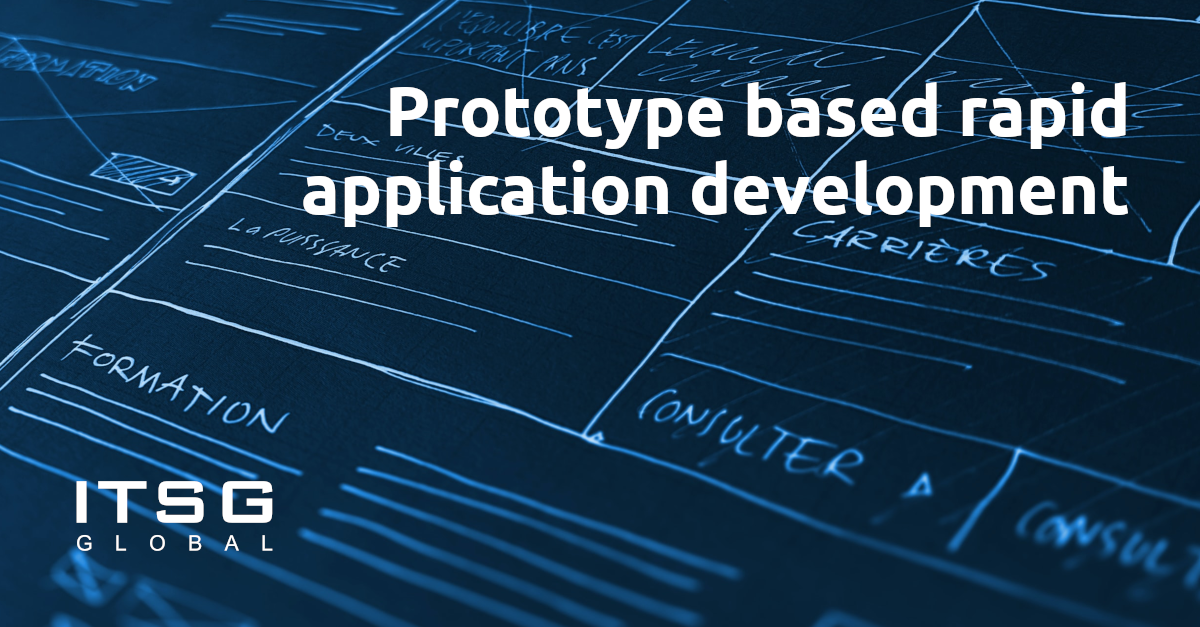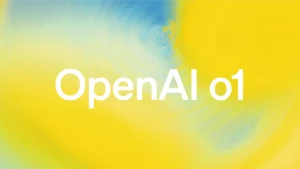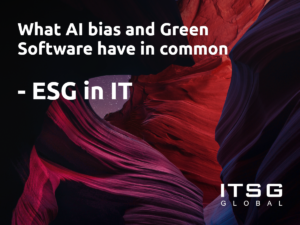14 June 2022
Rapid application development is an innovative approach to create an app or website while being focused on the end-user experience. The main point of this method is to improve the design and functionality of the product by creating and updating prototypes until the client is satisfied with the final result after multiple testing stages.
The process is divided into three steps, the first one being, as the name suggests, prototyping. A prototype is basically a visual representation of the specifications given by the client. In stage two the prototype is tested by a group of people and it’s expected from them to offer feedback that will be used to implement some changes. After the implementation, which is step three of the process, we gain another prototype that goes back to testing and the cycle continues until there are no further ideas on to how make the product better.
Depending on the budget and client’s needs, the developers team can prepare low-fidelity and high-fidelity prototypes. The difference lies in the level of complexity, with low-fidelity prototypes playing the role of a general overview without any details and high-fidelity prototypes are expected to look like the real deal – with the clickable functionalities and images. Because the idea behind rapid application development is to save time and money, there is no problem with starting as soon as possible with low-fidelity and later add some add-ons that broaden the perspective of viewers.
All of this might sound like it’s actually more expensive and time-consuming, but nothing could be further from the truth. The development team begins to build the actual product, after all decisions have been made on prototyping stage, which makes their work faster and it requires less input from the client.
But nevertheless let’s walk through less obvious benefits.
VISIBLE PROGRESS
This methodology relies highly on short cycles, which means that feedback directly from the clients or from designated testers should come in immediately after stage one is closed. The team provides a prototype of a specific solution and the client doesn’t use their time to explain what they want (or what they think they want) or meet with the PM to elaborate on anything, they just accept the representation of their product or not. Because everyone is talking about a specific prototype and not some abstract vision of it, the communication goes smoothly based on existing ideas.
IMPROVEMENT GOES FROM CORE TO DETAILED
This one is pretty self-explanatory. The client describes what kind of solution they want and the team provides a general sketch of a prototype. This means that in early stages there’s no discussion on fonts, shapes of buttons or animations of any sort – first the general shape of a product is being decided on and as time goes by new features or end-user experience aspects are added. That really saves time. Especially customer’s time, who doesn’t have to decide about everything right here and there, but they can see the evolution of their solution and react accordingly to what they already see.
END-USER IS IN THE SPOTLIGHT
This method was created with end-users in mind – that’s why there is so much testing in the process, because what is being examined is the functionality of the product. This is more important than one can think, because having a really good solution is one thing, but teaching people how to use it and make it as intuitive as possible is another one. Which brings us to…
VERY LOW RISK
If end-users happen to find any sort of problems with the product, they can be fixed on the designing stage, which saves time and money. The risk that something will show up after the prototyping stage is reduced to a minimum. On the other hand – if the product will become a nuisance it’s easier and less painful to close it at that stage, not somewhere in the middle of implementation, after many resources have already been invested.
YOU CAN BRING YOUR OWN TESTERS.
And probably you should. Each prototype can be tested by actual future users, such as client’s employees who will be potentially working on the solution after launching. This is actually a really big advantage, since those future users might be a part of the creation stage from the very beginning which literally brings us to all of the profits listed above – with the low risk and taking their opinions into consideration playing the most vital role.
If you are thinking about a new solution for growing your business you could give RAD a try. It’s a methodology that works great for customers who already have some kind of a vision in their heads and need a business partner to make their vision come true, they like to be in control and they prefer to give quick, specific feedback rather than participate in long, detailed meetings.
Author: Andrzej Wodnicki, Managing Director at ITSG Global







